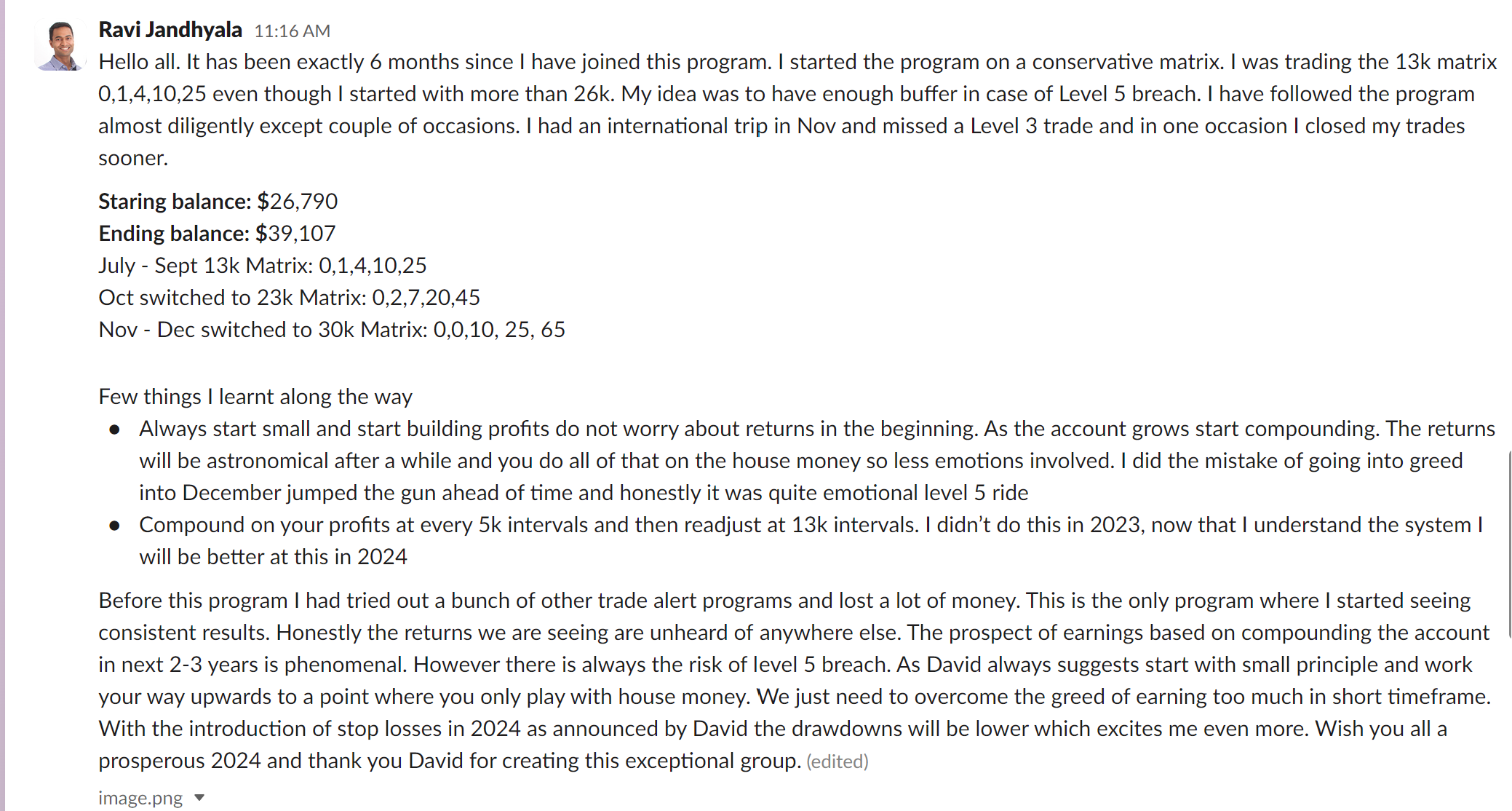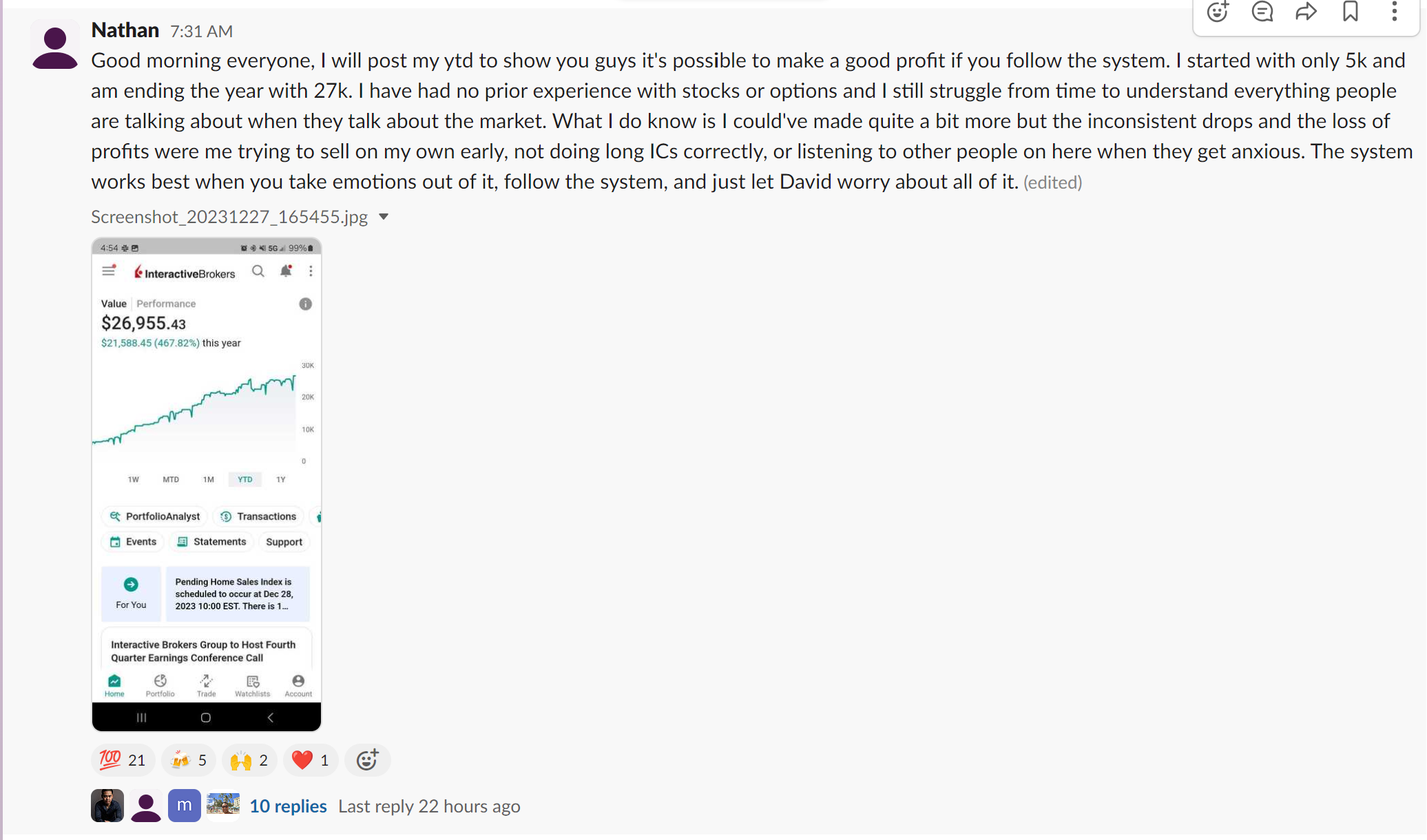With numerous underlying assets, diverse strategies, and a myriad of market conditions, options trading can present a complex landscape for both novice and seasoned traders alike. Amidst this complexity, technical indicators stand out as invaluable tools that can help traders successfully navigate the world of options trading and enhance their decision-making. InsideOptions is dedicated to helping you unlock the potential of technical indicators in your options trading endeavors, providing expert guidance, practical insights, and powerful resources to better your understanding and application of these essential tools for improved trading precision and timing.
Technical indicators are mathematical calculations based on past price, volume, or open interest data that form the foundation of technical analysis. Used in conjunction with chart patterns and other forms of analysis, technical indicators provide insights into market trends, momentum, volatility, and other crucial dynamics. By leveraging these powerful tools, options traders can better identify potential entry and exit points, manage risk effectively, and make more informed decisions about their trading strategies.
1. Trend-Following Indicators: Riding the Wave of Market Momentum
Trend-following indicators help traders identify and follow the prevailing market trend, enabling them to make well-informed decisions in options trading:
– Moving Averages: Calculate the average price of an underlying asset over a specified period, providing insights into the direction and strength of the current trend.
– MACD (Moving Average Convergence Divergence): Measures the relationship between two moving averages, helping to identify potential trend reversals and market momentum shifts.
– Parabolic SAR (Stop and Reverse): Tracks price movement across time, offering a visual representation of potential entry and exit points for a trade based on trend direction.
2. Oscillators: Identifying Overbought and Oversold Conditions
Oscillators help traders recognize overbought or oversold conditions, providing valuable guidance in timing options trades:
– RSI (Relative Strength Index): Measures the speed and change of price movements, providing indications of overbought or oversold conditions within a specified range.
– Stochastic Oscillator: Compares an asset’s closing price to its price range over a designated period, helping traders identify reversals and opportune moments for trading.
– CCI (Commodity Channel Index): Analyzes deviations in an asset’s price from its historical average, enabling traders to spot potential trend reversals and overbought or oversold levels.
3. Volatility Indicators: Gauging Market Fluctuations for Better Risk Management
Volatility indicators provide insights into the degree of price fluctuations and overall market turbulence, facilitating improved risk management in options trading:
– Bollinger Bands: Consist of a moving average with two standard deviations above and below the average, measuring the degree of volatility and potential reversals in the market.
– ATR (Average True Range): Calculates the average range between an asset’s high and low prices over a specified period, offering guidance on the asset’s volatility and potential stop-loss placement.
– VIX (Volatility Index): Represents the market’s expectation of future volatility, helping traders understand market sentiment and make informed decisions regarding options strategies.
4. Volume Indicators: Assessing Market Strength with Trading Activity
Volume indicators utilize trading volume data to gauge market strength and validate price movements, assisting traders in making informed decisions on potential options trades:
– OBV (On-Balance Volume): Cumulatively adds or subtracts daily volume based on whether an asset’s price closes higher or lower, offering insights into the strength of price movements.
– Chaikin Money Flow: Measures the accumulation or distribution of an asset by comparing its closing price to its high and low prices within a given period, evaluating overall buying and selling pressure.
– Klinger Volume Oscillator: Combines price and volume data to identify potential trend reversals, enabling traders to fine-tune their options trading strategies.
Conclusion
Technical indicators hold immense potential for unlocking precision, timing, and success in options trading. By harnessing these valuable tools, options traders can navigate the complex world of options trading with greater confidence, armed with practical insights into market trends, momentum, volatility, and trading activity. InsideOptions is dedicated to providing education, resources, and expert guidance to help you master the use of technical indicators and apply these powerful tools to your options trading strategy for enhanced decision-making and risk management.
With our comprehensive guide to technical indicators in options trading, discover the predictive power of trend-following indicators, oscillators, volatility indicators, and volume indicators, and learn how to incorporate these essential tools into your trading approach. With InsideOptions as your trusted partner, you can have the best options trading strategy through the mastery of technical indicators, refined strategies, and informed decision-making.









